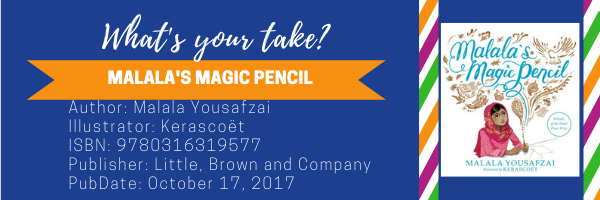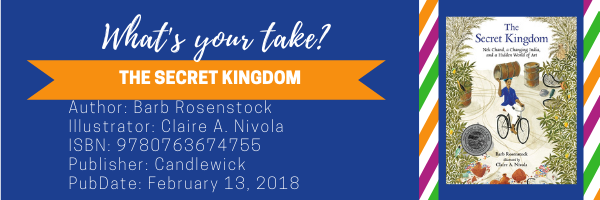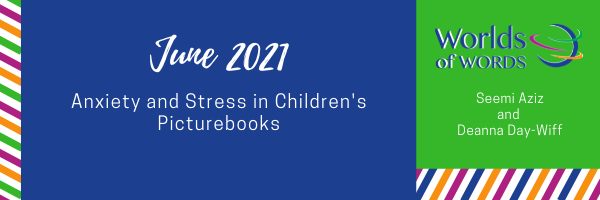by Seemi Aziz, University of Arizona, Tucson, AZ
 As I looked into Palestinian experiences in children’s literature, I discovered many significant examples. These examples speak to broader issues of displacement, refugees and oppression. These topics/issues are prevalent in the global sociopolitical atmosphere presently, more so now with the two ongoing wars: Ukraine/Russia and Palestine/Israel. If we research and go into depth on both these conflicts and wars, we come away with multiple ways of understanding the conflicts and realize that there is no one easy explanation that pigeonholes the conflicts.
As I looked into Palestinian experiences in children’s literature, I discovered many significant examples. These examples speak to broader issues of displacement, refugees and oppression. These topics/issues are prevalent in the global sociopolitical atmosphere presently, more so now with the two ongoing wars: Ukraine/Russia and Palestine/Israel. If we research and go into depth on both these conflicts and wars, we come away with multiple ways of understanding the conflicts and realize that there is no one easy explanation that pigeonholes the conflicts.
The examples of children’s literature that I explore in this post shed light on Palestinian perspectives on the current conflict through a recent memoir and several nonfiction books. By combining these powerful examples of fiction and nonfiction, readers come away with new understandings. Continue reading

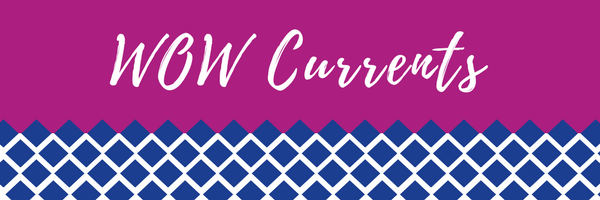
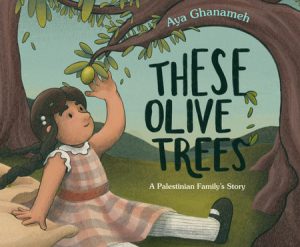 News reports of global conflicts raise many questions and confusion for children who do not understand the history or broader context of these conflicts. Children’s books can provide children with perspectives on global conflicts, such as the current conflict between Israel and Palestine. This post highlights books that reflect Palestinian perspectives as part of a larger conversation in the field of the many perspectives, including Israeli voices, related to this conflict.
News reports of global conflicts raise many questions and confusion for children who do not understand the history or broader context of these conflicts. Children’s books can provide children with perspectives on global conflicts, such as the current conflict between Israel and Palestine. This post highlights books that reflect Palestinian perspectives as part of a larger conversation in the field of the many perspectives, including Israeli voices, related to this conflict. 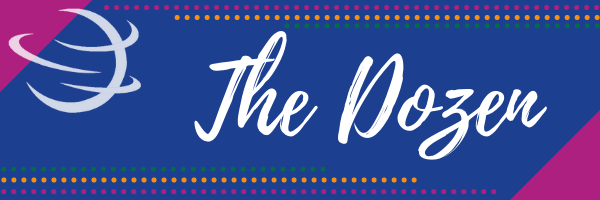


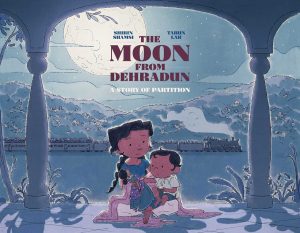 The story in The Moon from Dehradun is based on the history of the 1947 partition that created the individual countries of India and Pakistan. Prior to the partition the region had been a colony of Britain from 1858 to 1947. At the end of their rule the British divided the country according to the majority religions. Muslims must live in Pakistan and Hindus in India.
The story in The Moon from Dehradun is based on the history of the 1947 partition that created the individual countries of India and Pakistan. Prior to the partition the region had been a colony of Britain from 1858 to 1947. At the end of their rule the British divided the country according to the majority religions. Muslims must live in Pakistan and Hindus in India. 
